ALU Token Value Calculator
Current Market Data
ALU Price: $0.0220
24h Volume: $5,000,000
Market Cap: $14,000,000
Total Supply: 635,000,000 ALU
Fee Structure
Standard Marketplace Fee: 0.5%
Discounted Fee (10k+ ALU): 0.2%
Staking APR: 12%
Max Supply: 1,000,000,000 ALU
Calculate Your ALU Investment
Your Results
Initial Investment
$1,000
Current ALU Value
$0
Potential Return (12% APR)
$0
Estimated Savings (with 10k ALU)
$0
Altura is a crypto coin built for the next generation of Web3 gaming, letting developers and players trade and use intelligent in‑game items with almost no friction.
Quick Take
- Altura (tickerALU) powers a blockchain platform focused on gaming and AI‑enhanced NFTs.
- ALU token pays ultra‑low fees on the Altura marketplace and gives holders governance rights.
- Smart NFTs let game items evolve, react to player actions, and even learn via AI.
- Developers access ready‑made APIs, SDKs, and multi‑chain support to launch games fast.
- Current price (Oct2025) hovers around $0.022, with a 24‑hour volume near $5million.
What Exactly Is Altura?
At its core, Altura is a blockchain‑based platform that blends Web3 gaming infrastructure with artificial‑intelligence features. The goal is simple: make it as easy as possible for game creators to add programmable digital assets that behave like living characters or evolving gear.
Those assets are called Smart NFT. Unlike a regular NFT, a Smart NFT can store code, trigger events, and react to external data feeds, turning a static image into a dynamic game mechanic.
Altura’s native token, ALU, fuels every transaction on the network. Whether you’re buying a weapon, minting a new character, or voting on platform upgrades, ALU is the currency you need.
How Does the Technical Stack Fit Together?
Altura runs on multiple blockchains (Ethereum, Polygon, and others) to give developers flexibility. The platform’s SDK - Developer SDK - wraps complex smart‑contract calls into simple functions that can be dropped into Unity or Unreal projects.
The AI integration layer lets developers attach machine‑learning models to Smart NFTs. For example, an NPC could learn a player’s fighting style and adapt its tactics without a patch.
All in‑game transactions happen on the Marketplace. The marketplace charges a flat fee of 0.5% in ALU - far cheaper than the typical 2‑3% on rival platforms.
Token Economics - Why Hold ALU?
The ALU token supplies a handful of practical benefits:
- Fee discounts: Holding at least 10,000ALU reduces marketplace fees to 0.2%.
- Governance: Token holders can propose and vote on protocol upgrades through the Governance module.
- Staking rewards: Stakers earn a share of transaction fees, currently yielding an APR of around 12%.
- Liquidity incentives: Pairings with USDC on major DEXs often carry extra yield farms.
Supply‑side data shows a max cap of 1billion ALU, with roughly 635million already in circulation. The 200‑day Simple Moving Average sits at $0.0277, hinting at slight upward pressure despite recent volatility.

Market Performance As of October2025
ALU trades between $0.0220 and $0.0225 on major exchanges. Daily volume ranges from $4.2million to $5.3million, indicating solid liquidity for a niche gaming token.
Sentiment scores are mixed: the Fear & Greed Index reads 63 (greedy), but a broader market sentiment tag remains bearish with 40% volatility. Technical indicators such as the 14‑day RSI at 48.7 suggest neutral momentum.
Analyst forecasts (CoinCodex) project a 2026 price channel of $0.026‑$0.050, averaging $0.0337. A hypothetical $1,000 ALU purchase on 1July2025 could have yielded roughly $1,372 by mid‑December, a 37% return - though real‑world fees would shave a few points off.
Real‑World Use Cases
Developers are already leveraging Altura for:
- Dynamic weapons: A sword that upgrades its stats automatically after a set number of kills, driven by a Smart NFT script.
- AI‑powered NPCs: Enemy characters that learn player patterns via on‑chain AI models.
- Inter‑game asset portals: Items minted on one Altura‑based game can be transferred to another, preserving rarity and ownership.
- Community‑run economies: Players vote on inflation rates for in‑game currencies using the Governance system.
These examples highlight how Altura reduces the time and cost traditionally associated with building blockchain‑enabled games.
Pros, Cons, and What to Watch
Pros
- Ultra‑low transaction fees thanks to ALU discounts.
- Smart NFTs enable truly programmable game assets.
- AI layer opens doors to adaptive gameplay.
- Developer‑friendly SDK cuts integration time dramatically.
- Active community governance gives token holders a voice.
Cons
- Price volatility can deter casual gamers from holding ALU.
- Competing platforms (e.g., Ultra, Seedify) are also courting game studios.
- Smart NFT complexity may raise the learning curve for small indie teams.
- Regulatory scrutiny on AI‑driven on‑chain logic is still evolving.
Key Risks to Monitor
- Changes in Ethereum gas prices - although Altura uses side‑chains, cross‑chain fees could rise.
- Potential forks or major governance proposals that alter fee structures.
- Adoption rate of AI‑enhanced NFTs - if studios stay hesitant, utility could lag.
Comparison with Similar Platforms
| Feature | Altura (ALU) | Ultra (UOS) | Seedify (SFUND) | Vulcan Forged (PYR) |
|---|---|---|---|---|
| Native Token | ALU | UOS | SFUND | PYR |
| Smart NFT Support | Yes (on‑chain AI) | Limited | No | Basic |
| Transaction Fee (Marketplace) | 0.5% (0.2% with stake) | 1.5% | 1.2% | 2% |
| Developer SDK | Unity/Unreal ready | Partial | None | Partial |
| AI Integration | Built‑in | None | None | None |
The table shows Altura’s edge in AI‑driven Smart NFTs and fee structure, while other platforms may have larger user bases or broader marketing budgets.
How to Get Started with ALU
- Visit altura.com and create a wallet (MetaMask, Trust Wallet, etc.).
- Buy ALU on a supported exchange (Binance, KuCoin, or a DEX like Uniswap).
- Transfer ALU to your wallet and connect it to the Altura Marketplace.
- Explore the Developer SDK documentation to start integrating Smart NFTs into your game.
- Stake ALU if you want fee discounts and governance voting power.
Remember to keep a private key backup and enable two‑factor authentication on your exchange accounts.

Frequently Asked Questions
What makes Altura different from other gaming blockchains?
Altura combines AI‑driven Smart NFTs with ultra‑low transaction fees and a developer‑first SDK, allowing games to create assets that can learn, evolve, and interact across multiple titles.
Can I use ALU for purposes other than gaming?
Yes. While Altura’s primary focus is gaming, ALU can be traded like any ERC‑20 token, used in DeFi protocols, or held for staking rewards.
How secure are Smart NFTs on Altura?
Altura leverages audited smart contracts and built‑in authentication tools. The multi‑chain architecture also allows developers to pick a chain with the security level they need.
Do I need to know how to code AI to use Altura?
No. Altura provides pre‑trained AI modules that can be attached to Smart NFTs via the SDK. Advanced users can upload custom models, but it’s optional.
Where can I see the latest ALU price?
Real‑time prices are listed on CoinGecko, CoinMarketCap, and the Altura website’s market data page.
Altura is still a young ecosystem, but its blend of AI, low fees, and developer tools makes it a compelling option for anyone looking to bring blockchain‑enabled games to life. Whether you’re a gamer curious about new asset types or a studio ready to experiment with Smart NFTs, the ALU token is the gateway into this evolving space.
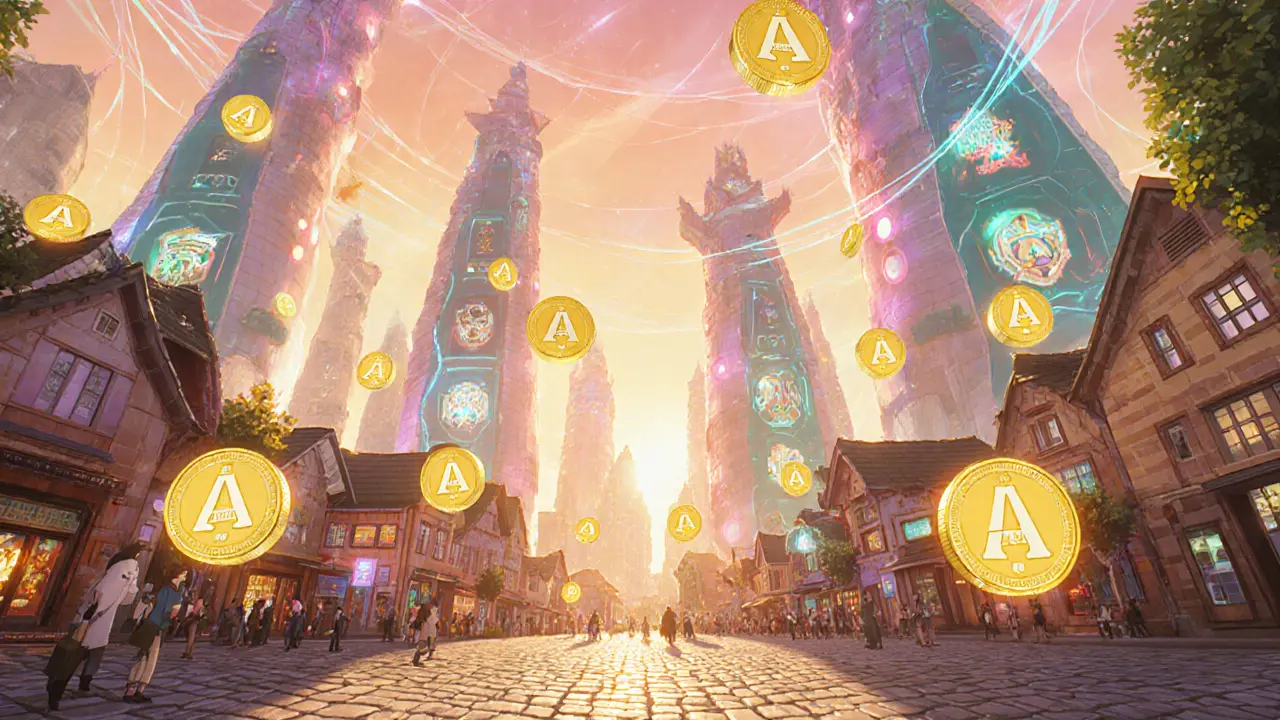
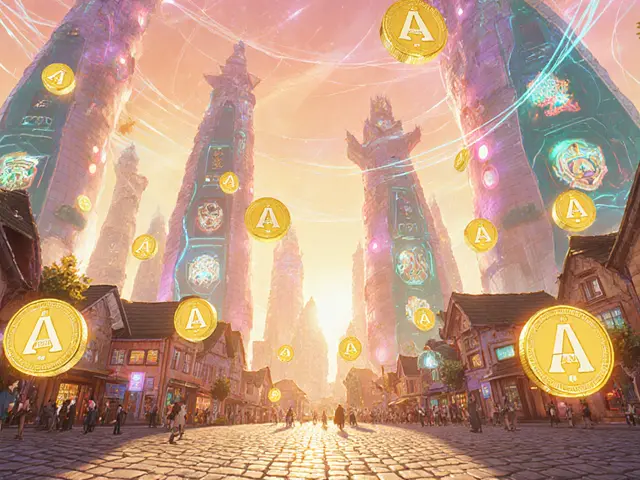
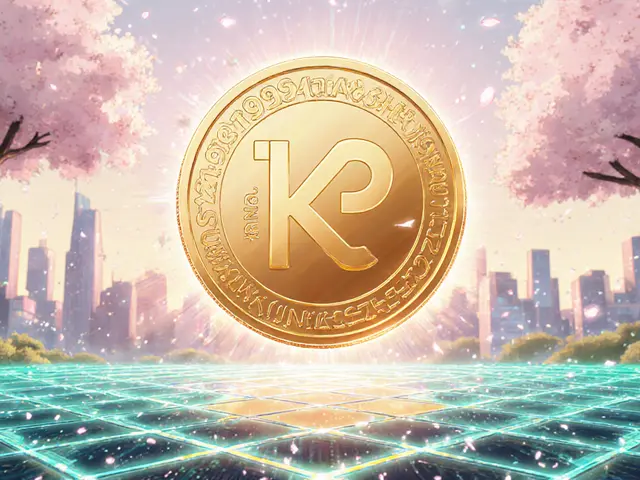
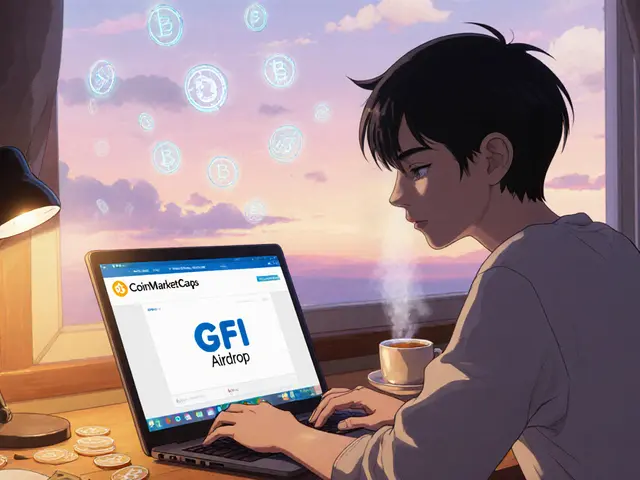
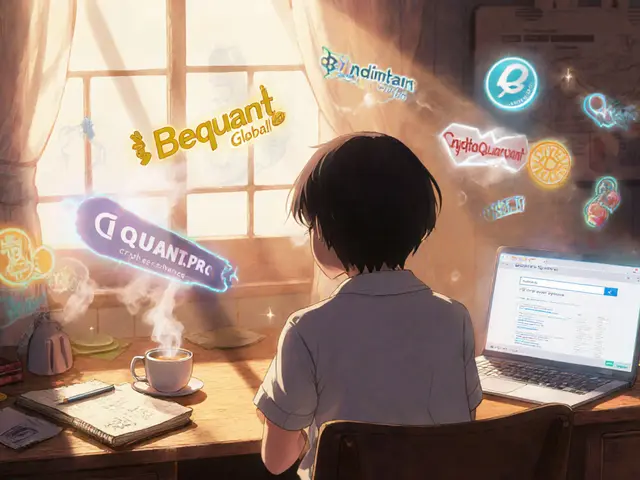
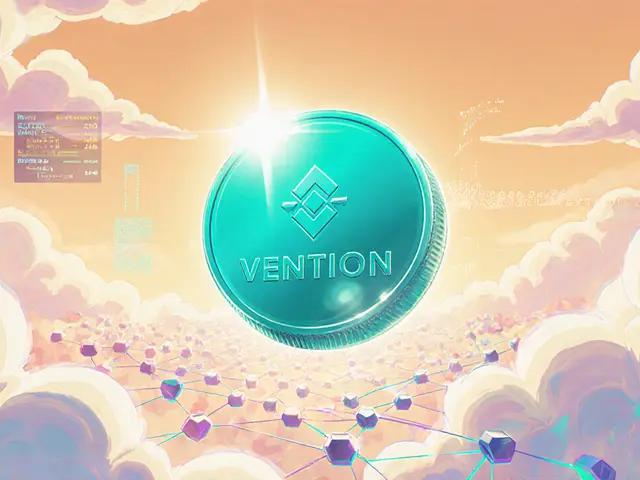
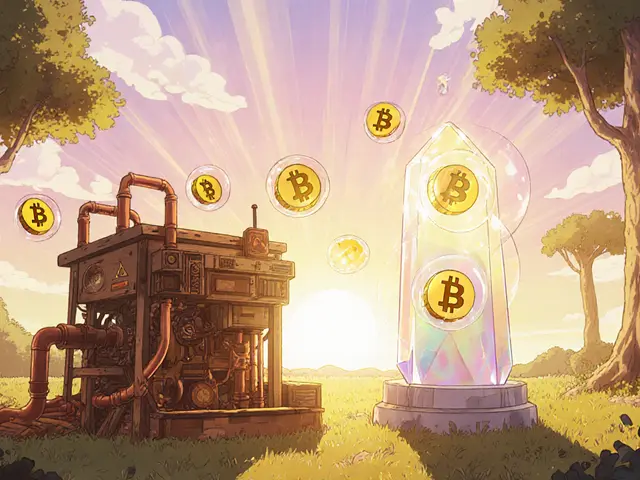

Write a comment
Your email address will be restricted to us